Quick Fact 1
- Image
-
- Title
- Distance from Rosslare port to Kinsale
- Description
-
It's a 220 km/137 mile drive from our port in Rosslare to the southern starting point of the Wild Atlantic Way.
There are road trips, then there’s the Wild Atlantic Way. Spanning nine counties along Ireland’s Atlantic coast, the 2,600 km (1,600 mile) tourism trail draws motorists, bikers and caravanners alike with its combination of ancient history, sweeping vistas and warm hospitality. Simply put, the Wild Atlantic way is one of the world’s most legendary road-trip destinations.
Travel by ferry from Cherbourg to Rosslare, Fishguard to Rosslare or Holyhead to Dublin and you’ll be at the doorstep of this bucket-list tourism trail full of mountain curves and cliffside sunsets. Here are just a few of the must-see places you’ll find along the Way, organised from south to north. Where you go from there is between you and the road.
County Cork’s Mizen Peninsula is where Ireland’s Ancient East meets the Wild Atlantic Way... and where past and present coexist beautifully. One moment you’re marvelling at the ancient Drombeg Stone Circle or a crystal cove, the next you’re exploring a small island or a colourful fishing village. Take time to catch your breath at Mizen Head, whose crashing shores mark the southernmost point of the mainland. It’s the ideal place to set the tone for things to come.
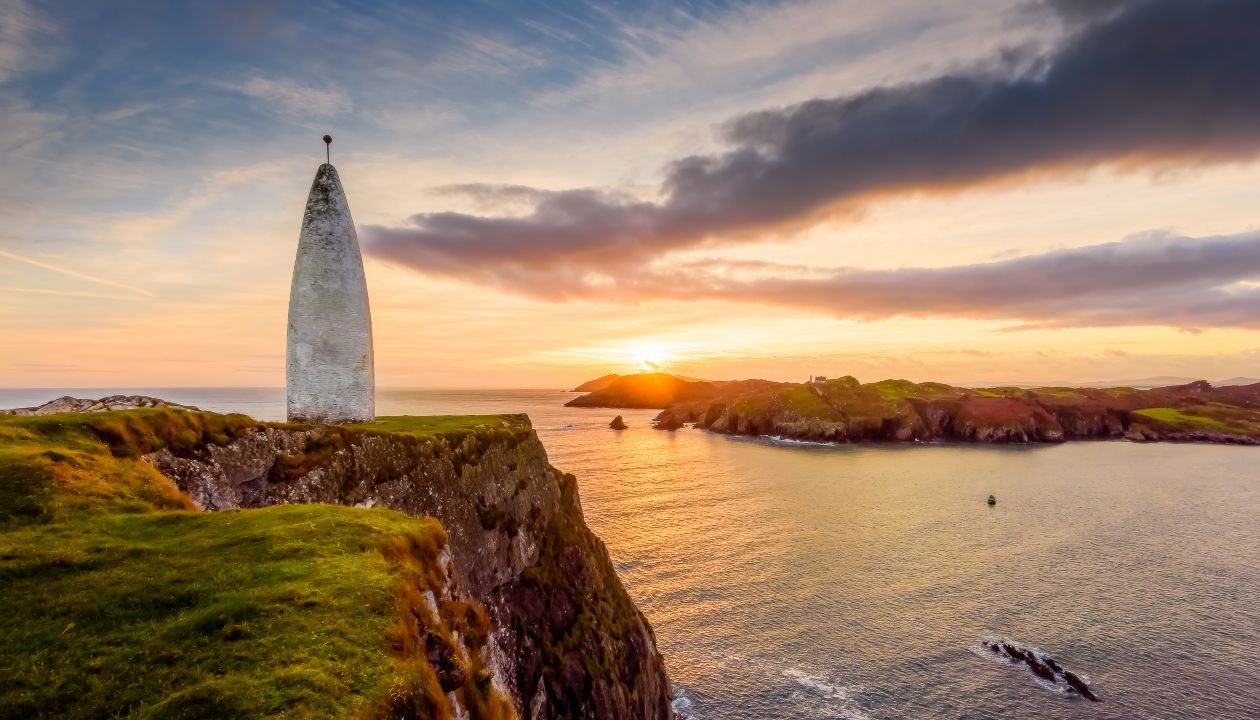
The loop known as the Ring of Kerry is a must for anyone exploring the Wild Atlantic Way. Driving along the Iveragh Peninsula, you’ll encounter a rapid succession of Irish beauty as you twist through mountain passes and cliffsides, including Ballycarbery Castle, staggering cliffs and sandy beaches. Weather permitting, visit Skellig Michael, a puffin-packed island monastery and UNESCO World Heritage site that Star Wars fans will recognise from The Force Awakens and The Last Jedi.
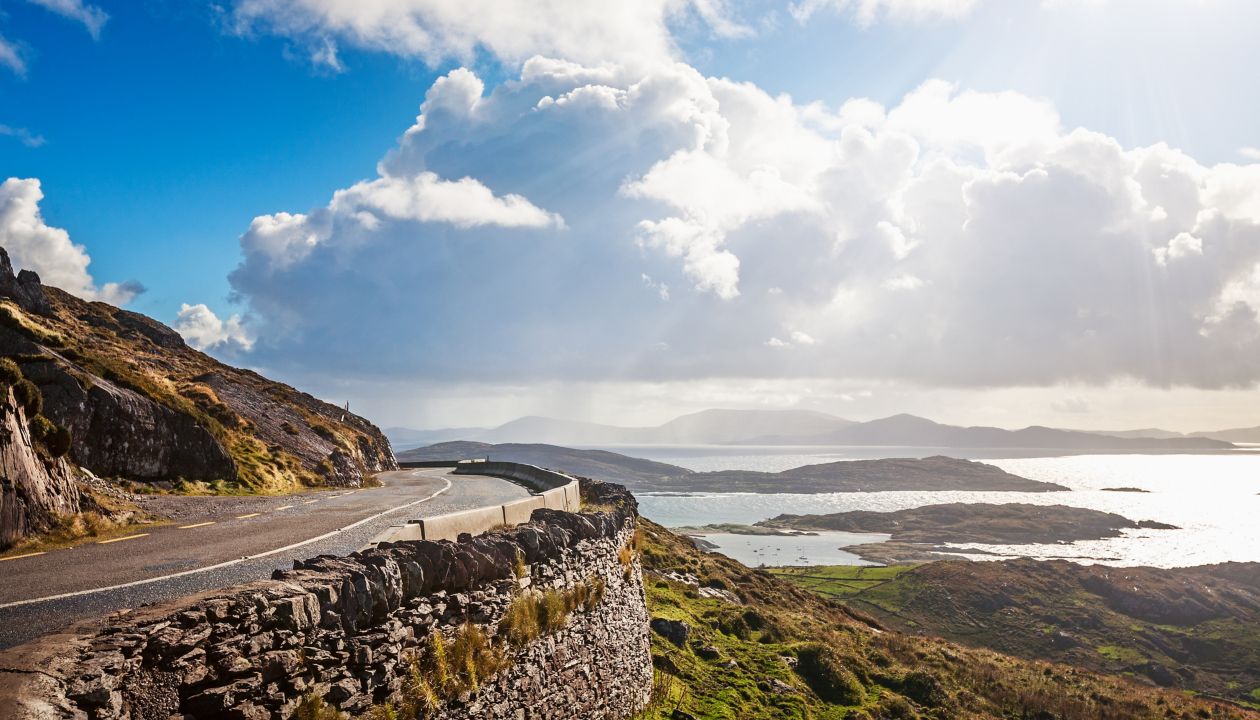
Windswept beaches stretch as far as the eye can see. Iconic lighthouses cast their beams into the sea. Rugged caves offer a window to the past while colourful towns bring you right back into the present. The Dingle Peninsula is rich in history and overflowing with “wow” moments. It’s a place where sea-level views and the panoramic views of Brandon Point inspire equal awe, and where stopping points range from the prehistoric ruins to modern spas.
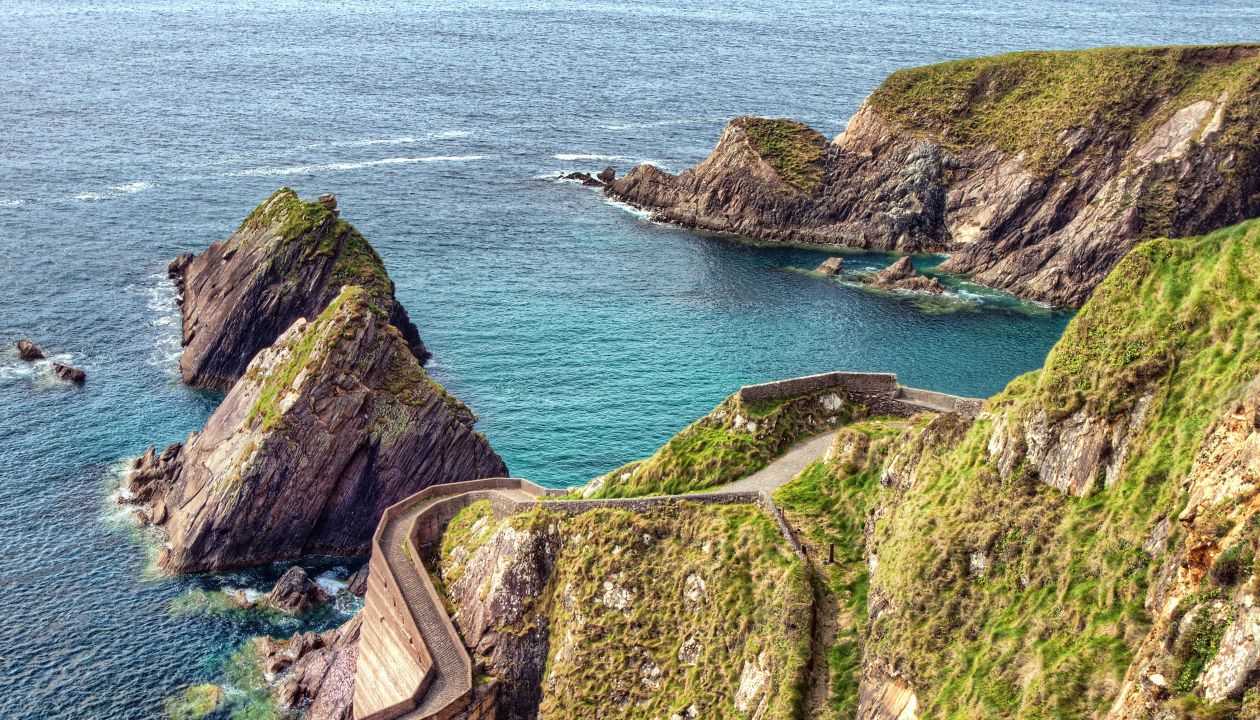
Ireland’s second-most visited tourist destination, the Cliffs of Moher tower 214 meters above Galway Bay and have inspired musicians, poets, philosophers and dreamers for millennia. Take the Cliff Walk for a truly surreal experience (sunsets are particularly magical), and time-permitting take a cruise to the Aran Islands. Don’t skip nearby Doonagore Castle and the town of Doolin, a place where traditional music and friendly eateries are in abundance.
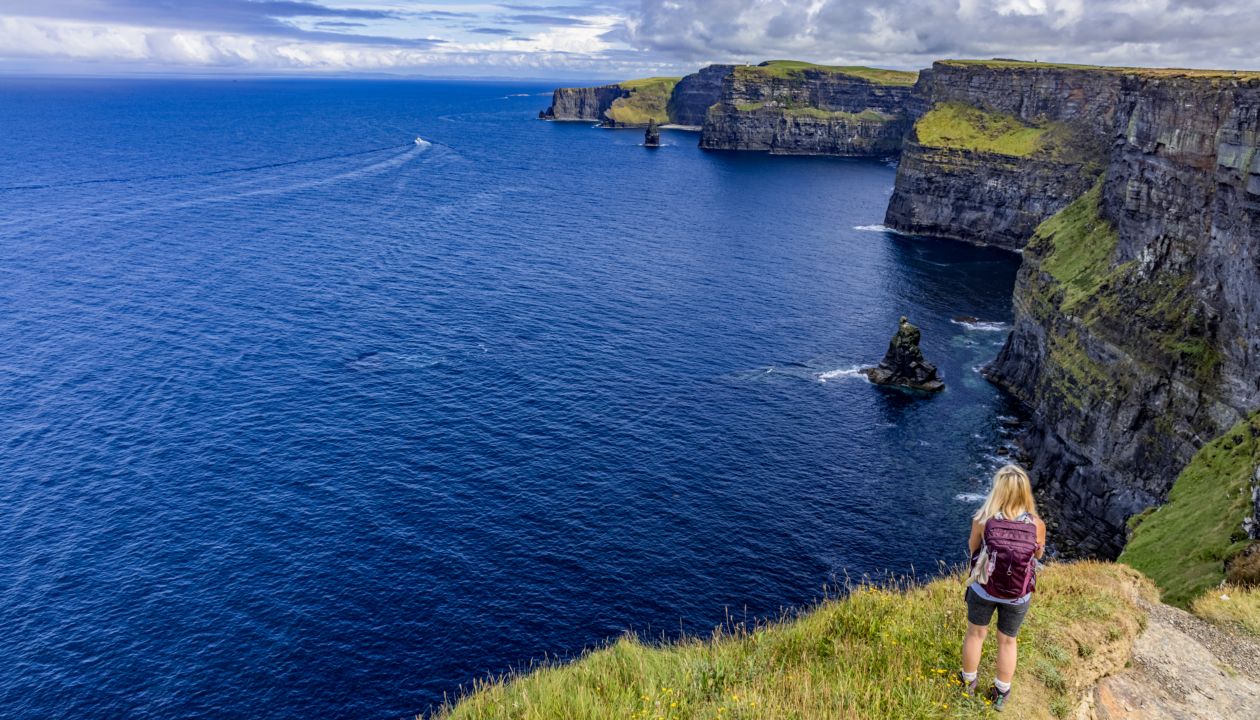
Once you view the iconic cliffs, continue on to experience the otherworldly West Clare destination known as The Burren. Here, millennia-old limestone formations create a mosaic on the Atlantic Coast that feels almost lunar. You’ll find wealth of ancient castles and strongholds, rocky spires, lush forests, beaches and lively coastal towns like Kinvara that exist as much to welcome you as to remind you that you’re still on Planet Earth.
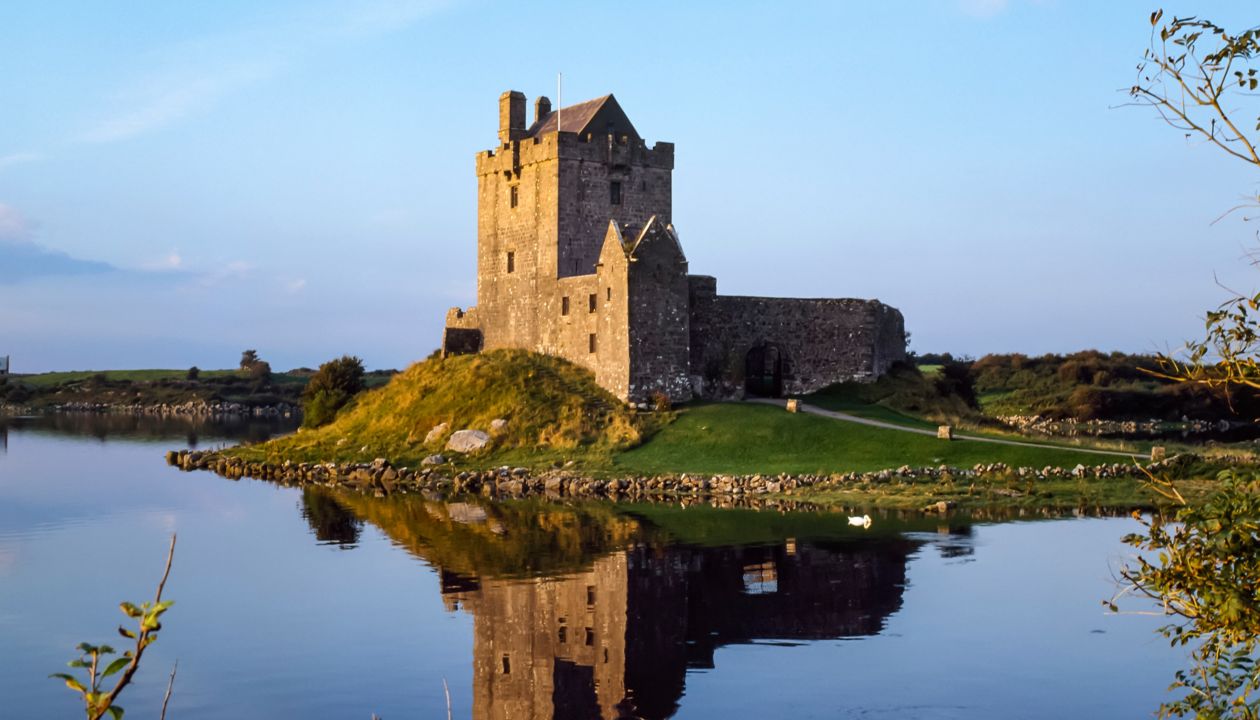
Many who explore Connemara are drawn to the iconic Kylemore Abbey, a gorgeous Benedictine monastery and castle grounds nestled in the mountains. But Connemara’s appeal extends beyond the stately locale and namesake mountains. You’ll find lighthouses along rocky strands and other scenic showstoppers. Don’t skip the town of Clifden: Sandwiched between the coast and the Twelve Bens mountains, the region’s “capital” is as welcoming as it is picturesque.
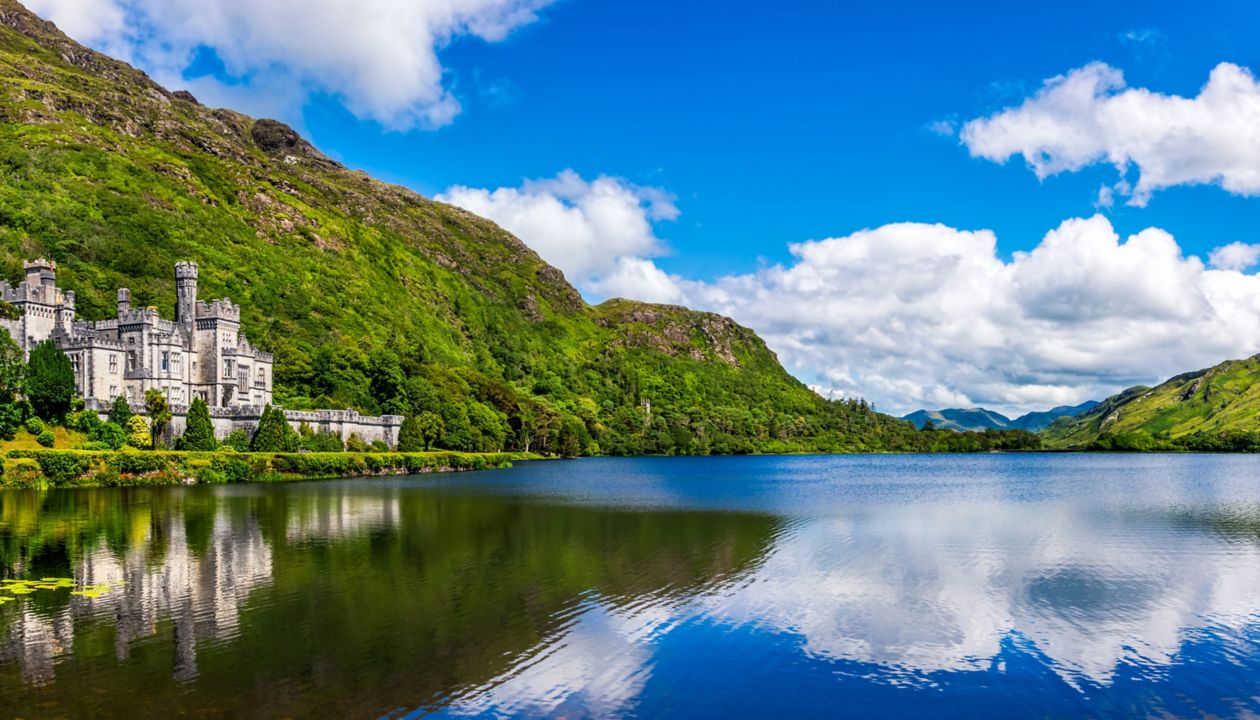
For many, this stretch of the WAW is a huge surprise. You’ll see sights like the rugged Mullaghmore Head along with castle ruins and timeless islands. But you’ll also find long stretches of sandy beaches and warm harbour towns. Perhaps most unexpectedly, you’ll see surf boards. Towns like Bundoran mix Irish cheer with the laid-back vibe of a surf town and have become unlikely magnets for people chasing big waves along with those looking for a laid-back seaside escape.
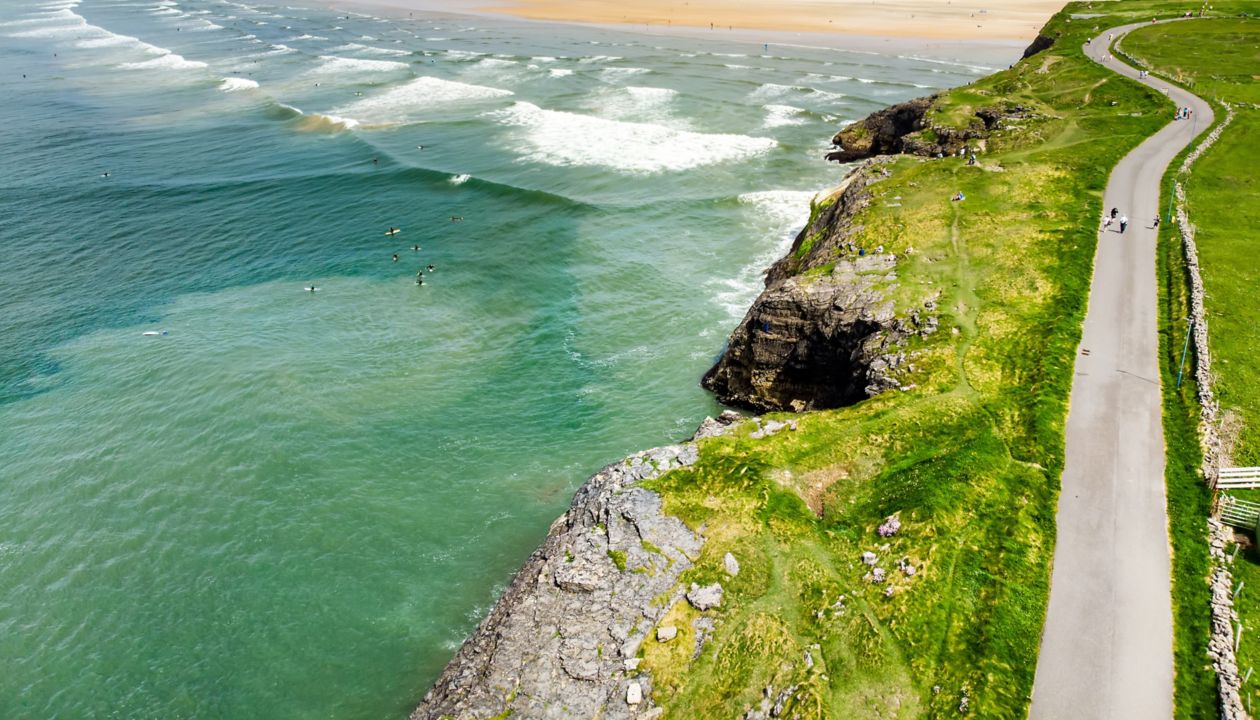
Moving north, you’ll find yourself once again transported to what feels like another world: One where bogs are plentiful and strange rocky structures called dolmen rise from the land. From the island archipelago to the lovely town of Killybegs, you'll find many wonders along the Slieve League Coast. The namesake cliffs, however, are the biggest draw. Literally. Maxing out at 601 meters above the crashing waves of the Atlantic, these quartzite cliffs offer dizzying views for hikers, climbers and roadside sightseers alike.

Winding its way to the northern tip of Ireland, the Inishowen Peninsula is a truly grand finale to your trip. From the pebble-covered shores of White Strand Bay to the heights of Greenan Mountain, Inishowen is packed with beauty. You’ll find roaring waterfalls, ancient ruins and serene beaches as you make your way to what seems like the end of the world: Malin Head. It’s a truly wild place where the natural ledges of Devils Bridge lead to views where the Atlantic seems to stretch to infinity below.
Malin Head is not, however, the end of the world. Your journey back to our ports in Dublin and Rosslare could take you through the gorgeous countryside of the centre of Ireland. Or simply turn around and explore the Wild Atlantic Way from a different angle. After all, this is a route where detours are strongly encouraged.
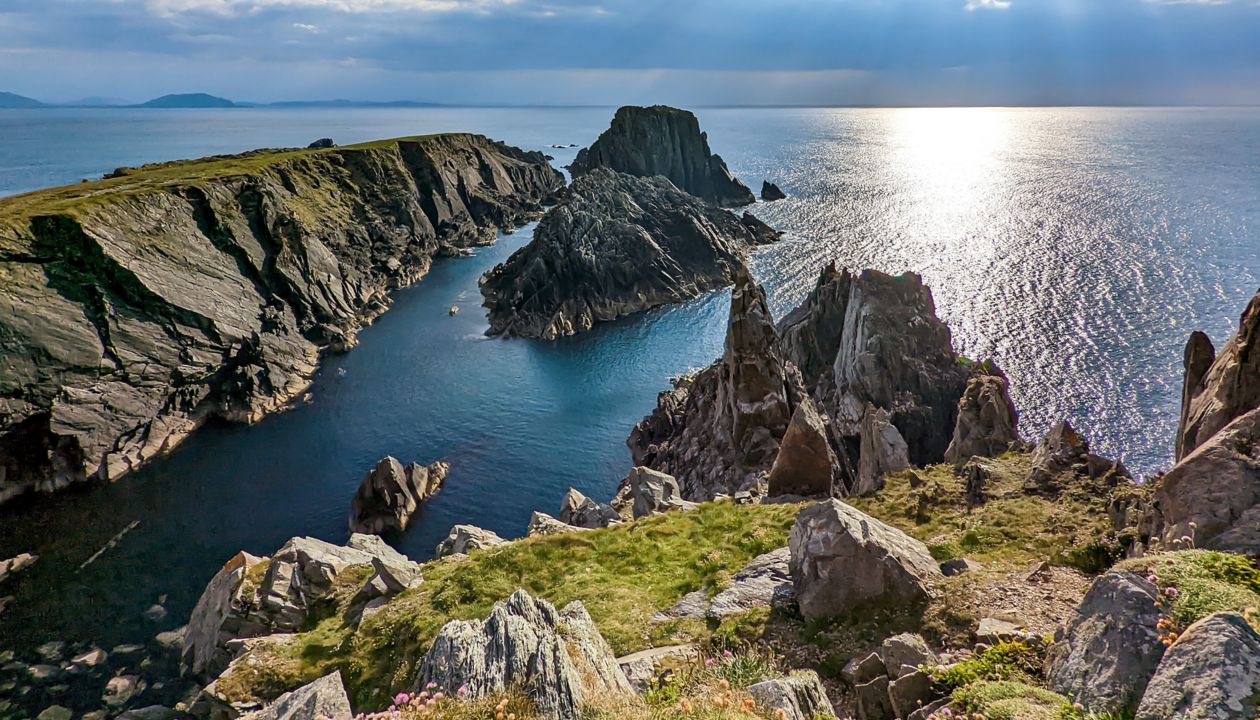
It's a 220 km/137 mile drive from our port in Rosslare to the southern starting point of the Wild Atlantic Way.
Arriving in Dublin? Your starting point in Kinsale is a scenic 300 km/186 mile drive away.
The total driving distance to cover the entire Wild Atlantic Way is 2,600 km/1,600 miles... but you are strongly encouraged you take detours to discover beauty off the main path.
The Cliffs of Moher are the most popular stop along the Wild Atlantic Way .
There are many, many towns and villages ready to welcome you along the Way, but the beautiful harbour city of Galway – population 80,000 – is the biggest.